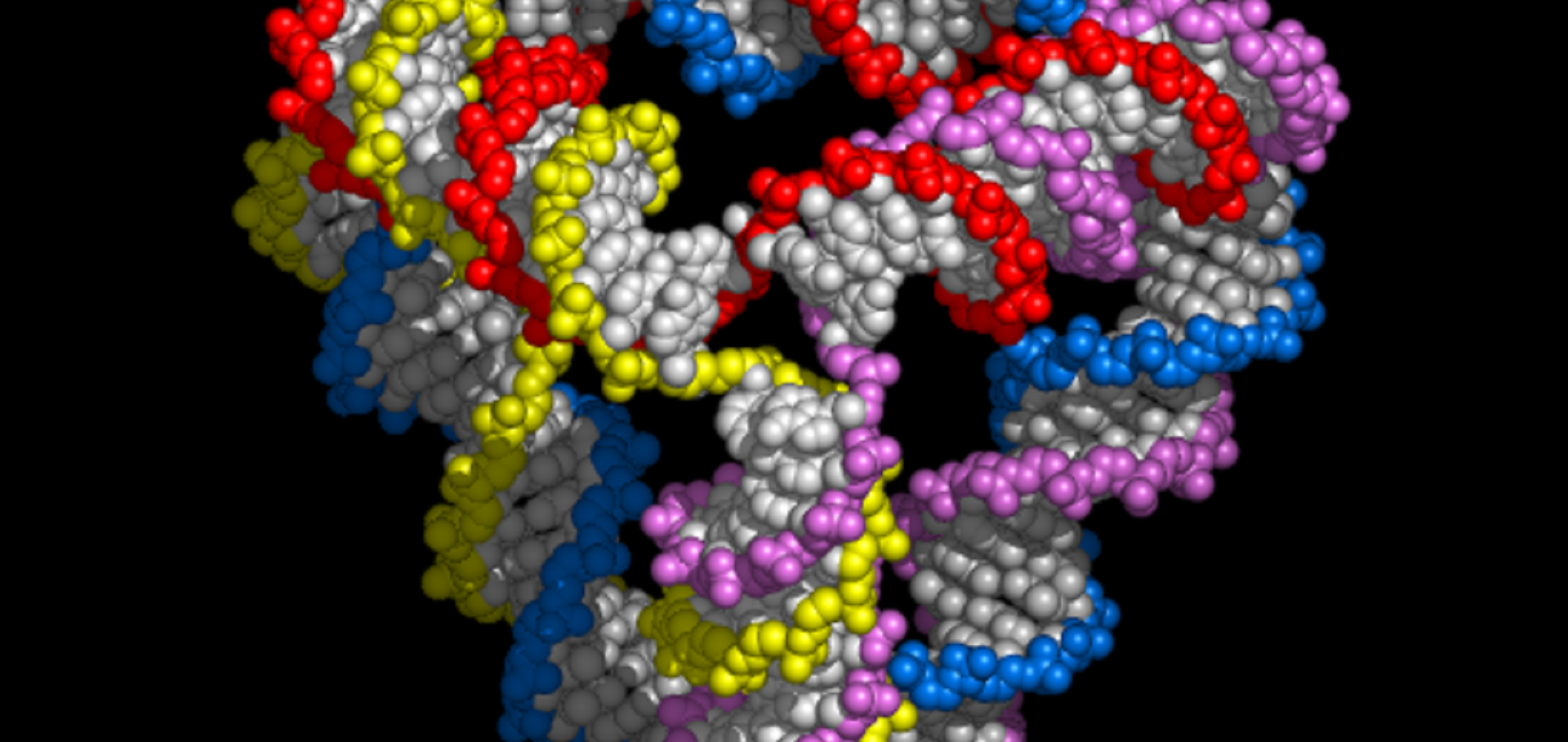The single-step synthesis of a DNA tetrahedron.
Chem Commun (Camb) (2004) 1372-1373
Abstract:
A tetrahedral nanostructure whose edges are DNA double helices self-assembles spontaneously when four appropriately designed oligonucleotides are annealed together in solution; the ease of synthesis, rigidity, and adaptability of this construct make it a promising candidate as a cage for other large molecules and as a building block for more complicated nanostructures.DNA scaffolds and electron crystallography: a method for protein structure determination
BIOPHYS J 86:1 (2004) 80A-80A
Self assembled DNA monolayers as a mechanism for redox probe control
BIOPHYS J 86:1 (2004) 596A-596A
Holographic photonic crystals with diamond symmetry
Physical Review B - Condensed Matter and Materials Physics 68:20 (2003)
Abstract:
We explore the analytical design of high-symmetry photonic crystals made by holographic lithography. We show how holographic lithography may be used to produce diamond-like photonic crystals that have a full, three-dimensional photonic band gap at a refractive index contrast equal to the lowest yet published. © 2003 The American Physical Society.Sol-gel organic-inorganic composites for 3-D holographic lithography of photonic crystals with submicron periodicity
Chemistry of Materials 15:12 (2003) 2301-2304


